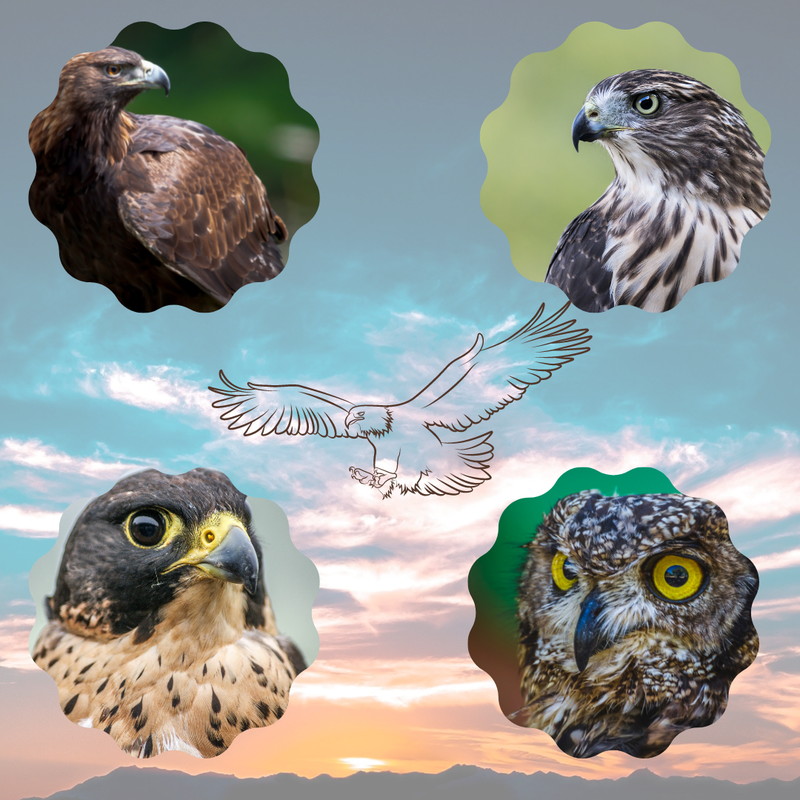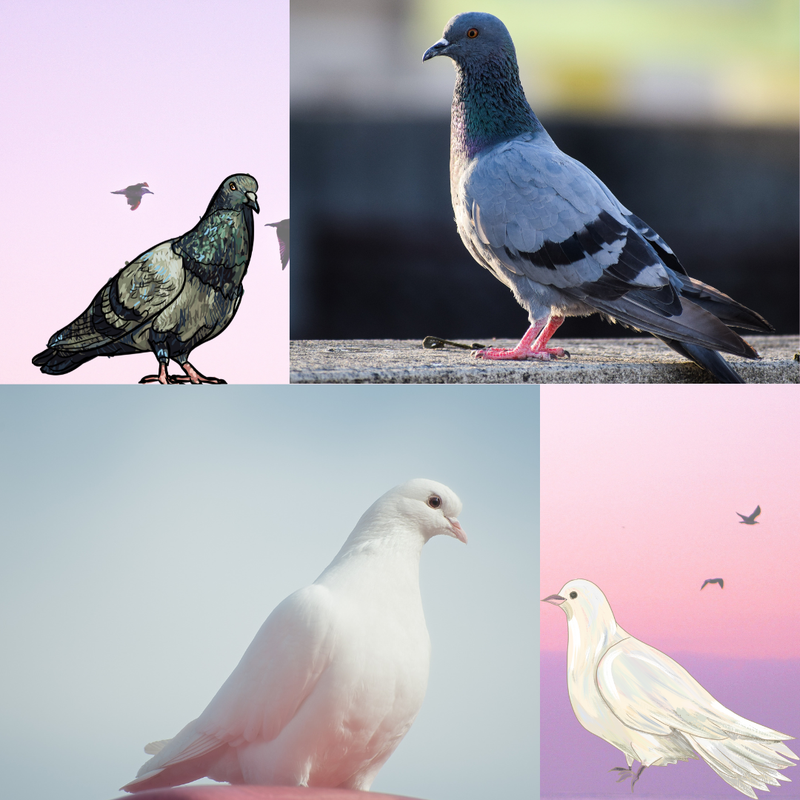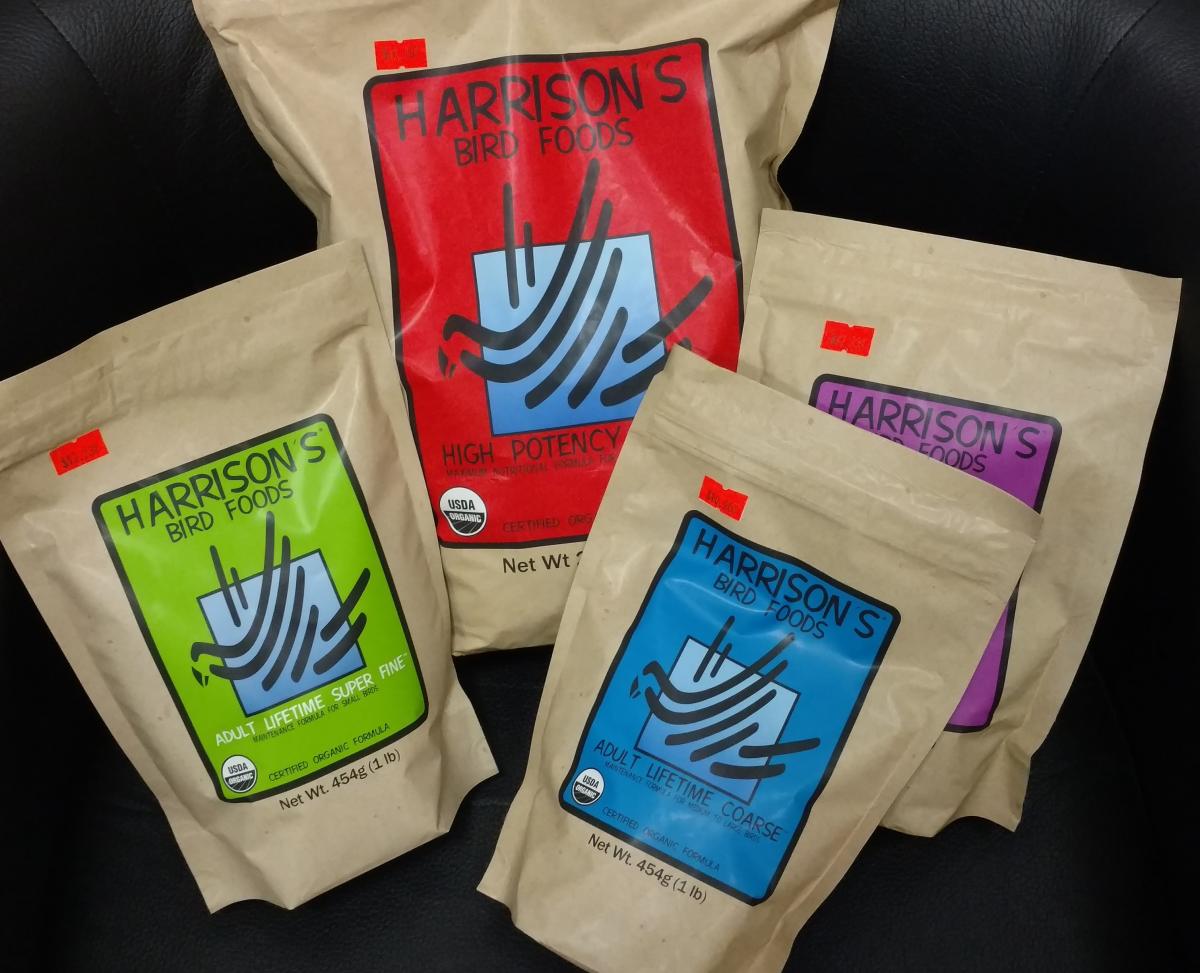Raptors
 Raptors are recognized for their keen site, strong beaks and powerful talons. They are also known as birds of prey because of the fact that they hunt for and feed on other animals. Examples of birds that are included in this group are eagles, hawks, falcons and owls. These birds have been used in the sport of falconry for centuries, but can also been found in zoo and wildlife rehabilitation settings. These birds should only be handled by trained falconers or licensed wildlife rehabilitators.
Raptors are recognized for their keen site, strong beaks and powerful talons. They are also known as birds of prey because of the fact that they hunt for and feed on other animals. Examples of birds that are included in this group are eagles, hawks, falcons and owls. These birds have been used in the sport of falconry for centuries, but can also been found in zoo and wildlife rehabilitation settings. These birds should only be handled by trained falconers or licensed wildlife rehabilitators.




 Everyone knows that eating a good diet is one of the best things we can do to stay healthy and the same is true for our pet birds. The question that we must then ask is “What is the best diet for our birds?” Of course this will vary for the species in question but there is an unfortunate misconception out there that seeds are all a pet bird needs to stay healthy. This has led to many pet birds developing nutritional disorders and therefore, seed alone diets have been implicated as a problem. It is true that in the wild, seeds are consumed by many species of birds but that is not all they eat. Parrots in the wild will eat various types of seeds, nuts, fruits, beans, flowers, and even foliage from plants. The varieties of seeds that are foraged for in the wild are numerous and different studies have shown birds to consume greater than 20 different seed types. In captivity many of our seeds mixes only have 5-7 different types of seeds.
Everyone knows that eating a good diet is one of the best things we can do to stay healthy and the same is true for our pet birds. The question that we must then ask is “What is the best diet for our birds?” Of course this will vary for the species in question but there is an unfortunate misconception out there that seeds are all a pet bird needs to stay healthy. This has led to many pet birds developing nutritional disorders and therefore, seed alone diets have been implicated as a problem. It is true that in the wild, seeds are consumed by many species of birds but that is not all they eat. Parrots in the wild will eat various types of seeds, nuts, fruits, beans, flowers, and even foliage from plants. The varieties of seeds that are foraged for in the wild are numerous and different studies have shown birds to consume greater than 20 different seed types. In captivity many of our seeds mixes only have 5-7 different types of seeds.